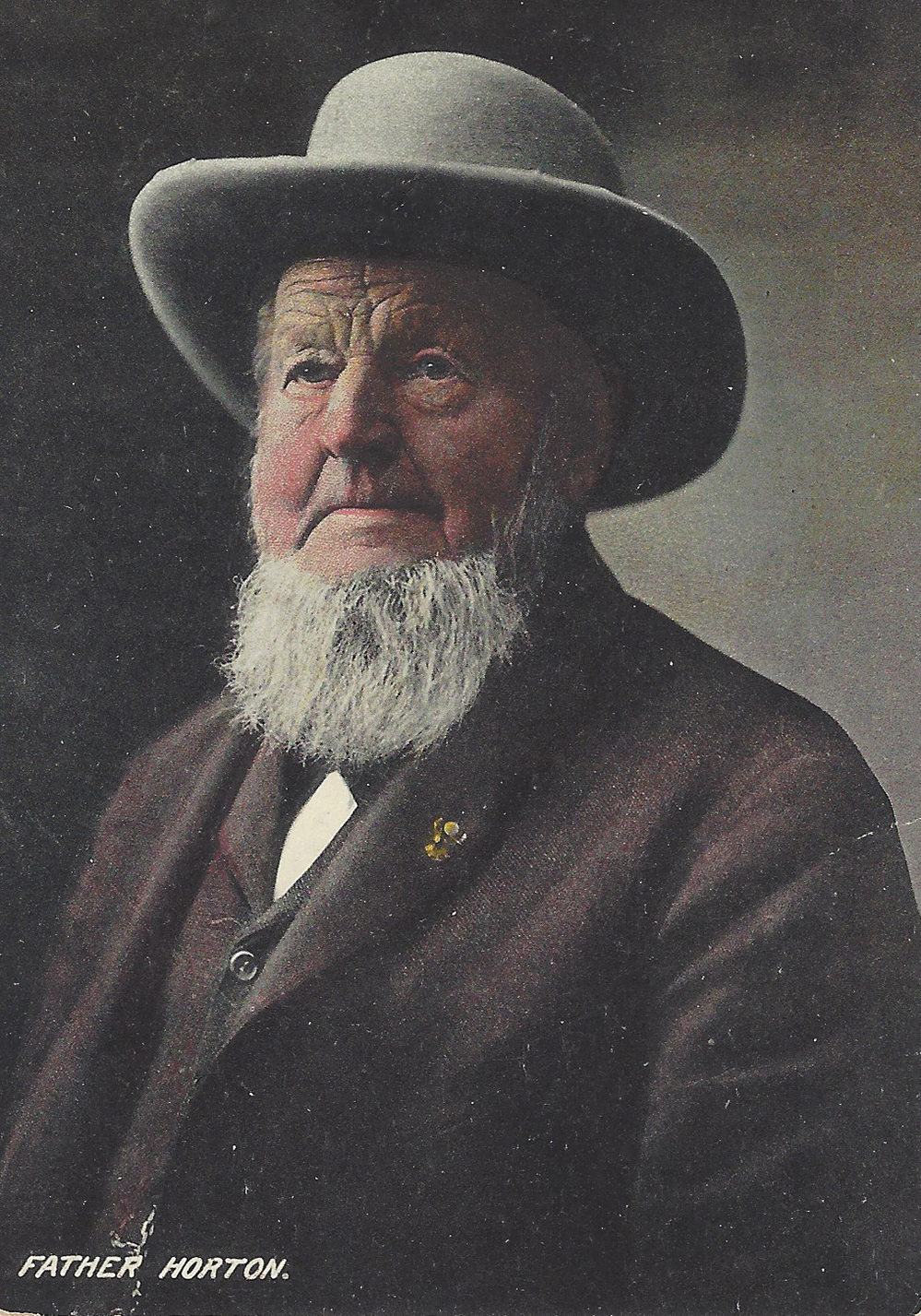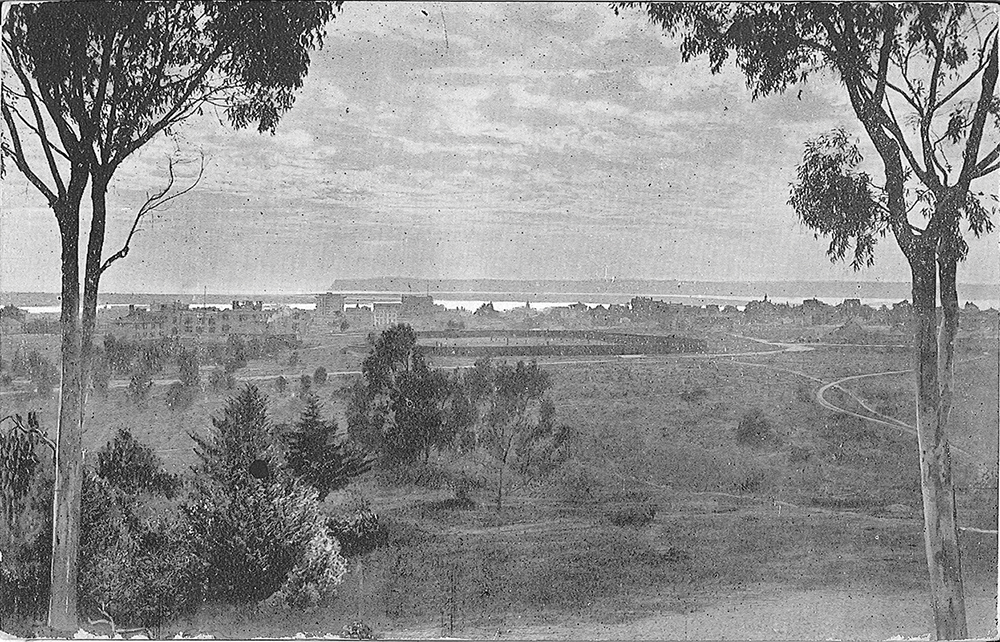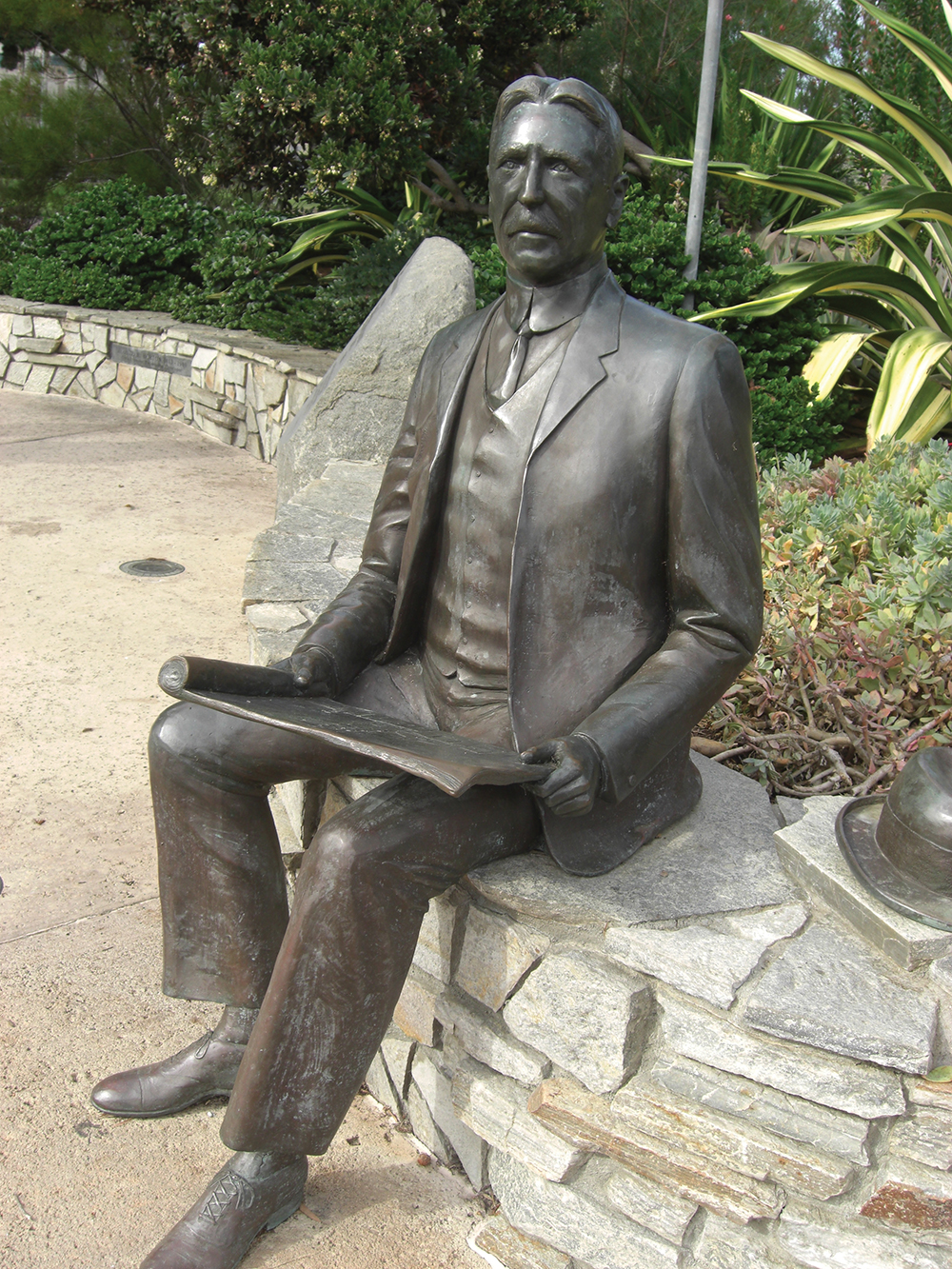Celebrating 150 Years
Part 1: Balboa Park’s beginnings, 1868 -1893
Balboa Park ranks very high on the list of places to visit in California, and rightly so. Who among its visitors does not have a special and personal tale to relate? Those who can return do so again and again. With all that it offers, it is a truly magical place, and in 2018, the dream that began in the 19th century will celebrate its sesquicentennial, better known as its 150th anniversary.
Beautiful, enchanting, informative, recreational, cultural — it was not always so. Imagine 1,400 acres of dirt, rock, chaparral, cactus, a few wild flowers, and coyotes. Not much to brag about. That was the pueblo land the San Diego Board of Trustees voted to set aside for creation of City Park on May 26, 1868. There were only about 2,300 residents in all of San Diego at the time. Certainly, the vote was an act of great vision, though in monetary terms, the pueblo parcels for the original City Park were worth very little. A century and a half later, however, the value of what is now Balboa Park is beyond estimation.

Alonzo Horton is known as the “Father of San Diego”
The recommendation for the park was presented to the Trustees by city fathers Ephraim W. Morse and Alonzo Horton. That the recommendation was approved in May 1868 is noteworthy in that only three months before, Morse had presented a more limited proposal consisting of two 160-acre parcels. The 1,400 acres were free, part of the acreage given to San Diego by Mexico when it designated San Diego a pueblo town in 1835.
Morse was a leading advocate for a city park. He was a town trustee and a successful businessman. But, as historian Florence Christman noted, it was Alonzo Horton who “…was the first citizen to ask the Board of Trustees to establish a city park in 1867…” Horton was originally from Northern California, but moved to San Diego with the mission of establishing a strong city. He purchased large swaths of land, acquiring much of what is now downtown San Diego for tiny sums.
He made a great deal of money from his investments, but he also donated land to many charitable causes and organizations, and was an important part of the group that selected the site for the park.
Perhaps not surprisingly, given San Diego’s subsequent history, in 1870, the legislature had to pass an act to ensure the permanency of the park reservation to protect it from attempts to repeal the initial legislation. Over time, encroachments were inevitable, but slowed by Park activists. Of particular note was the construction of Russ School on Park land in 1882. Joseph Russ donated wood to build the school, thus the name. Later, however, the name was changed to San Diego High School, and even now, more than a century later, the wisdom of the original arrangement with the City is still being debated.

Through beautification, City Park evolved into Balboa Park
City Park remained in a natural state for more than 20 years until 1889, when an effort was initiated to plant trees. The long dormant period in the life of City Park was ending, but water was a problem and would remain so. With support from a water company, the Ladies Annex planted 700 trees, but the following year, the project faltered due to lack of water. Fortunately, a local business stepped in to provide the needed water, and the trees quickly recovered. It was around this time that other citizens began contributing to the Park as well, but the big news was that admired horticulturalist Kate Sessions became involved. The importance of Kate Sessions to Balboa Park cannot be overstated. She is still referred to as the “Mother of Balboa Park,” and, in 1892, she began planting 100 trees a year in the Park. It was part of a land lease for her own horticultural activities, an arrangement that continued for more than a decade.

Park acreage in Golden Hill began to interest community leaders, who were eyeing spaces for a possible playground and rose garden. Golden Hill was a highly desirable section of town, so there was considerable motivation to upgrade the Park. The idea of beautification was taking hold.
Another strong civic leader and successful businessman, George White Marston, played a major role in the Park’s early development. He invested enormous amounts of time, money, and thought into its betterment. He left his print all over San Diego and, as a Park Commissioner, he personally guided the process that would ultimately lead to what we now call Balboa Park, the Jewel of San Diego. Darlene G. Davies

Sculpture of George White Marston in Balboa Park by Ruth Hayward
George White Marston & Plaque: Photography by Paul Marshall All other imagery courtesy of David Marshall
The post Celebrating 150 Years appeared first on Ranch & Coast Magazine.